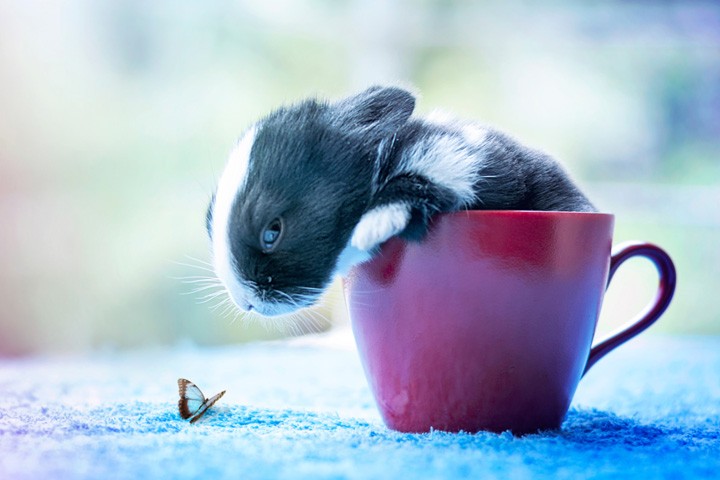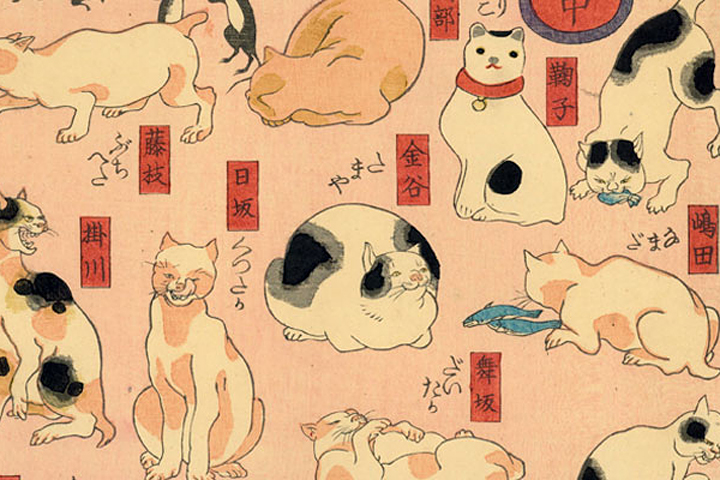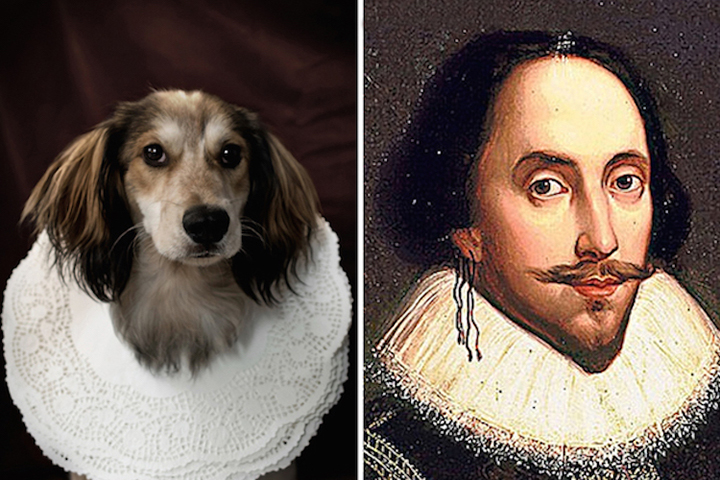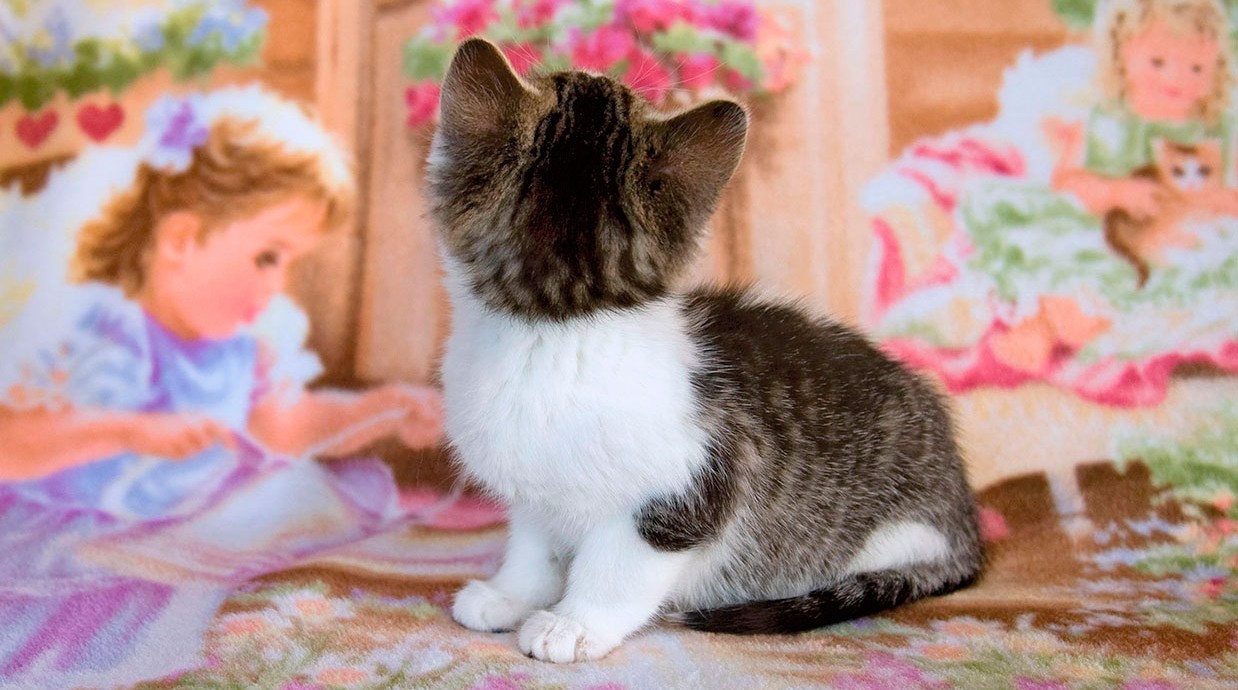
Strays: Backwards Kittens in Arne Svenson’s Project

Born in Santa Monica, lives in New York City. Is an art photographer. Exhibited his works in Julie Saul Gallery and Grey Art Gallery in New York City, The Andy Warhol Museum in Pittsburgh, Colette Gallery in Paris, The National Museum of Photography in Denmark and other museums and galleries. Received Nancy Graves Foundation grant for visual artists. His special focus in his works is on people rejected by society.
I was sitting on a beach, relaxing from a particularly grueling shoot photographing forensic facial reconstructions at a medical examiner’s lab for my series Unspeaking Likeness, when my friend and art dealer, Cliff, asked me what my next project would be. I urgently needed a visual — and spiritual — antidote to the project I’d been working on, but had no idea what path to take. So I asked him for suggestions. Cliff paused, turned to me, and whispered one word: kittens.
Once the decision was made, my question was how to do it? How to photograph kittens in a way that would connect to the underlying theme in my work, which is to cast light on the unseen, the ignored and overlooked?
Was there a way to take a portrait of a kitten and not have cuteness dominate the image? Was it possible to ignore those big, entrancing eyes and find the kitten’s inner life, his backstory? Did kittens have backstories?
I threw myself headlong into answering this question and initiated a kitten search. Enduring many false starts, I finally found a place in upstate New York called Animalkind, a cat and kitten rescue facility. After undergoing rigorous questioning regarding my credentials and intent, the staff were kind enough to “loan” me kittens to photograph.
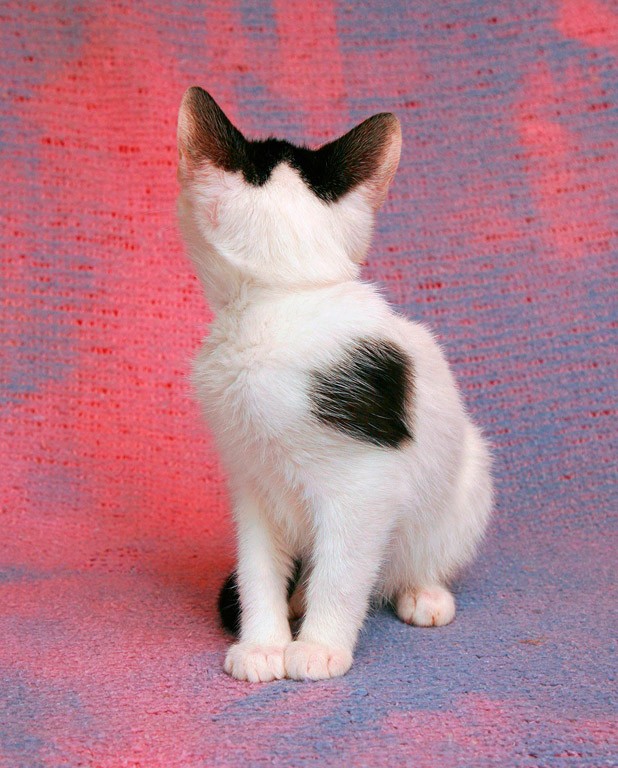
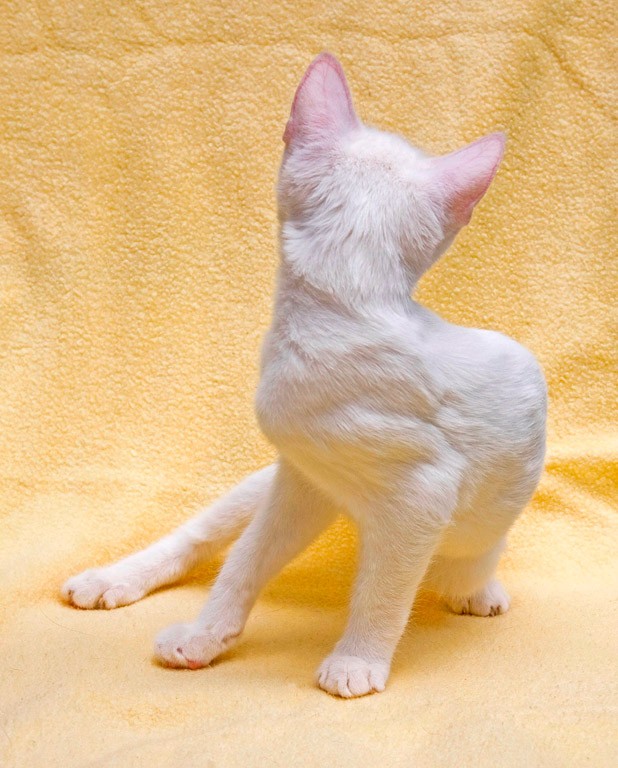
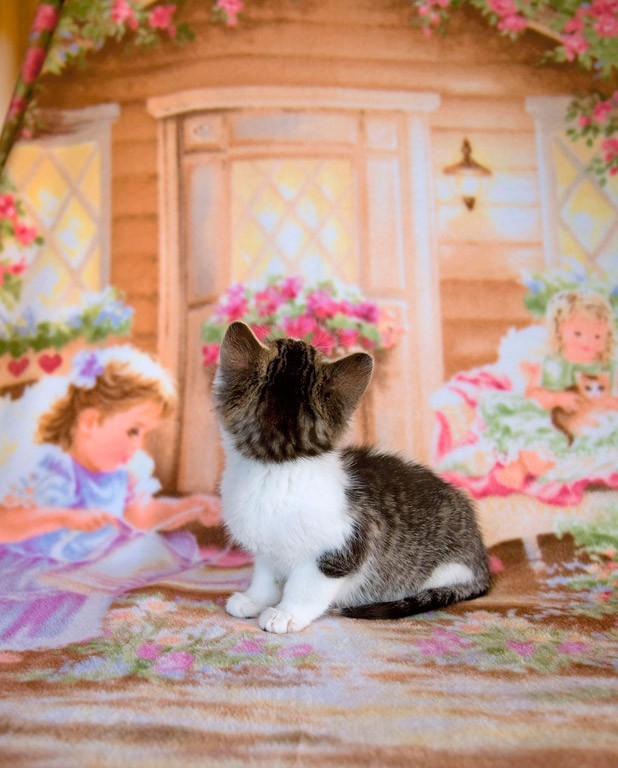
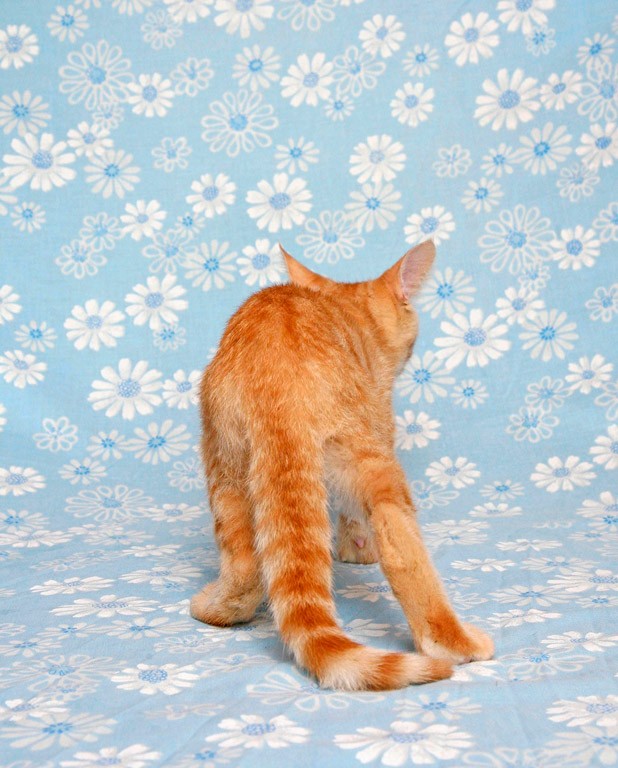
That first day, I gathered up a squirming litter of 5 kittens, put them in a carrier, and proceeded to the studio. My “kitten wranglers” snapped their fingers, dangled string, and sang songs — anything to get the attention of the kittens so they could “encourage” them to move into camera position. After taking numerous pictures of the kittens looking at the camera I realized that there was something missing. Or perhaps there was too much — the cuteness factor was stifling. But finally a kitten sat, looked at me, and turned her head all the way around to stare at the background. I snapped the photo and realized this was the portrait I wanted — a kitten who was more interested in the world around her than in me.
A kitten, who, by means of posture, carriage and attitude, had exhibited facets of personality long-hidden behind that force field of kitten-eyes.
As many artists know, much can be learned from a portrait of the back of a head.
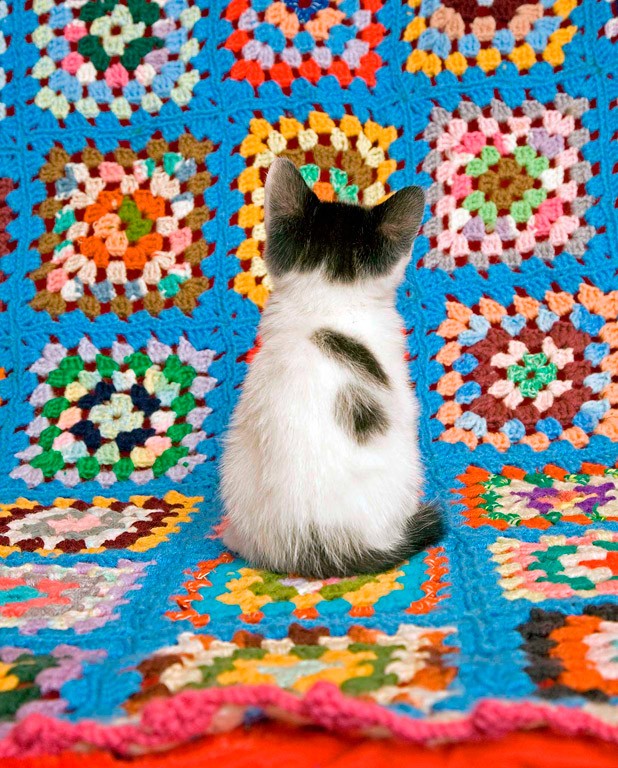
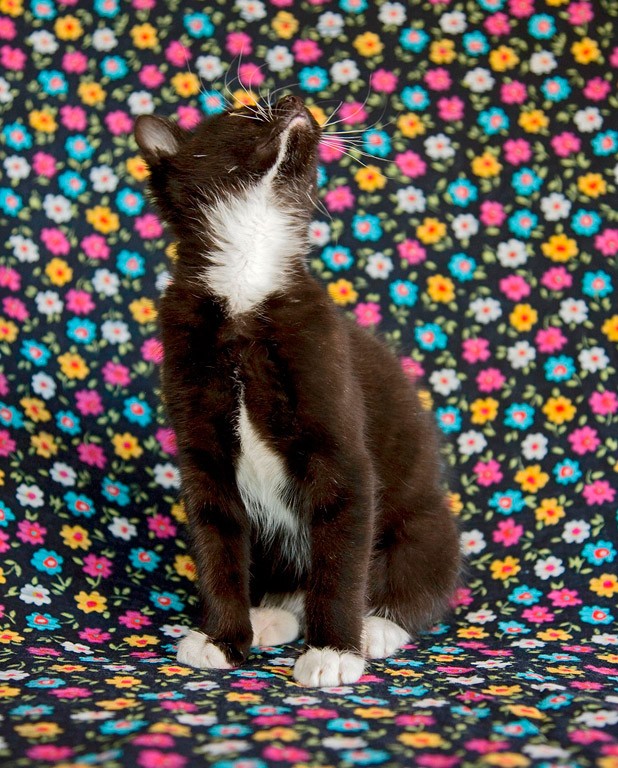
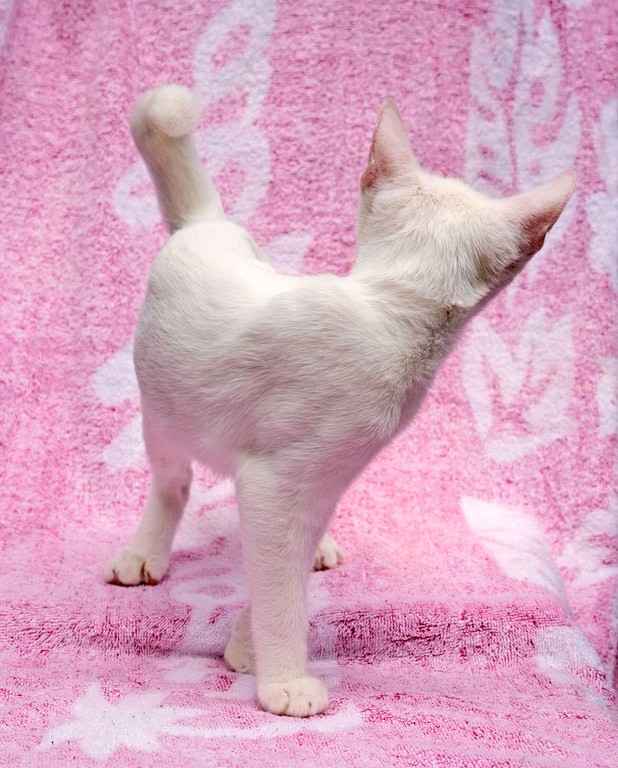
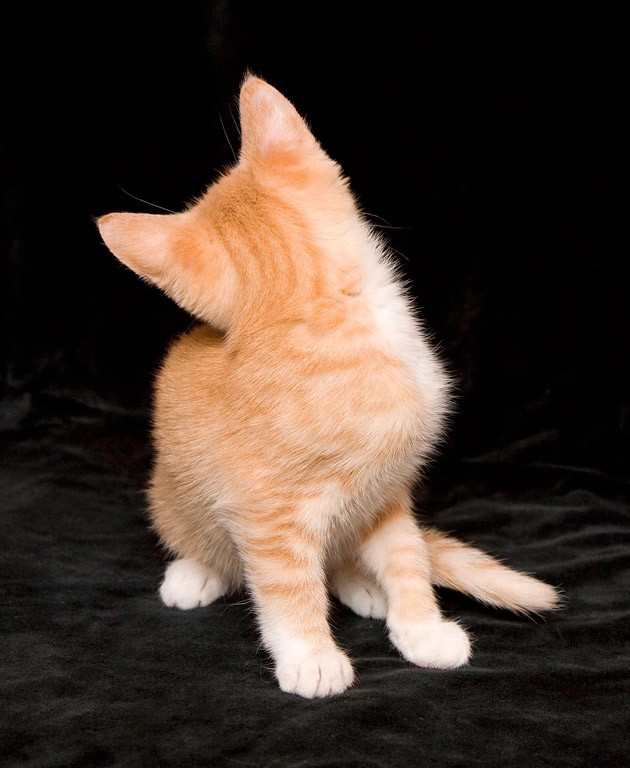
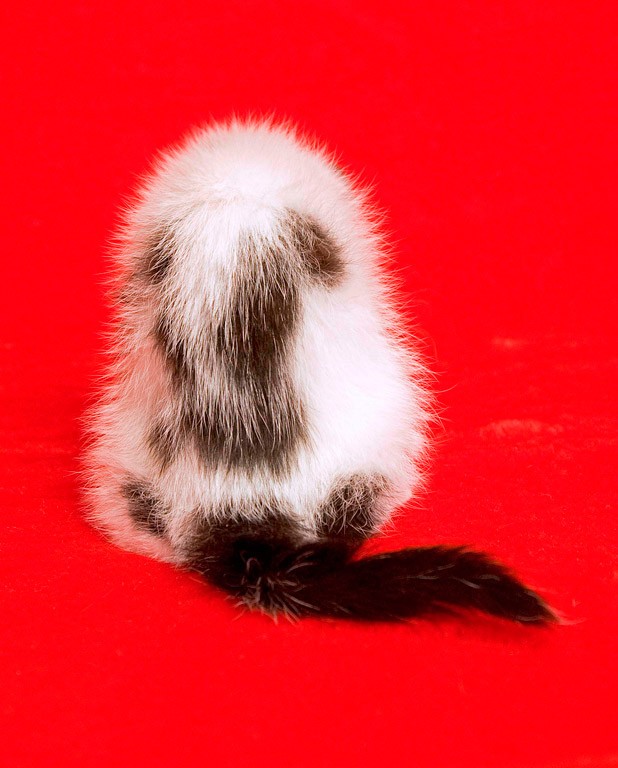
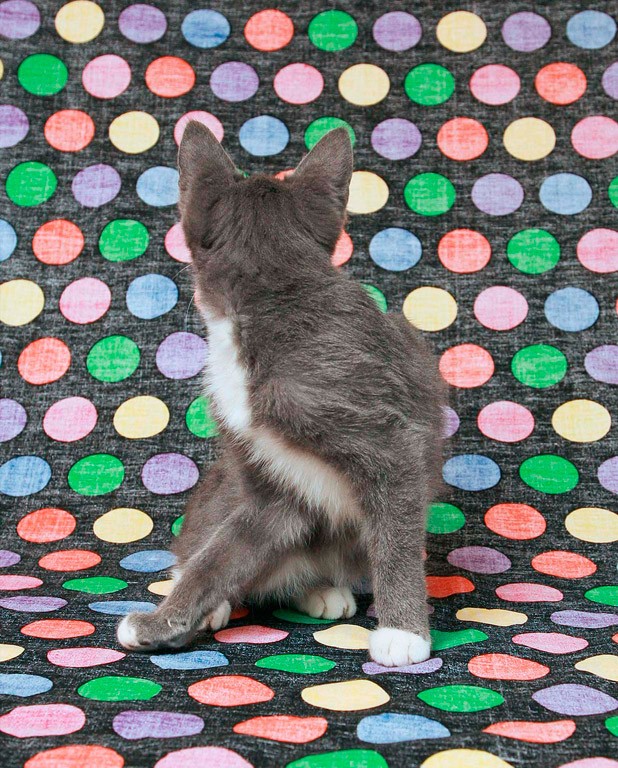
New and best
